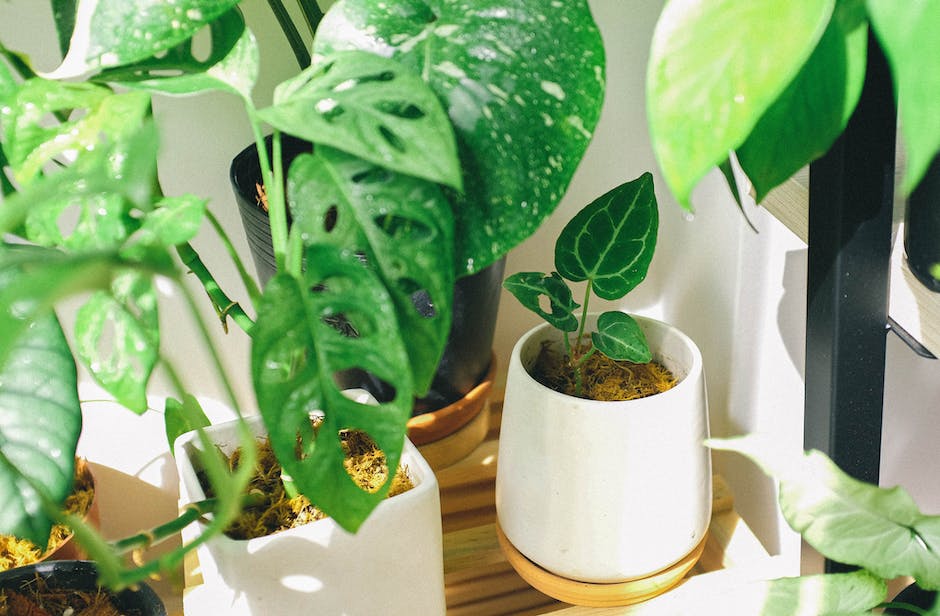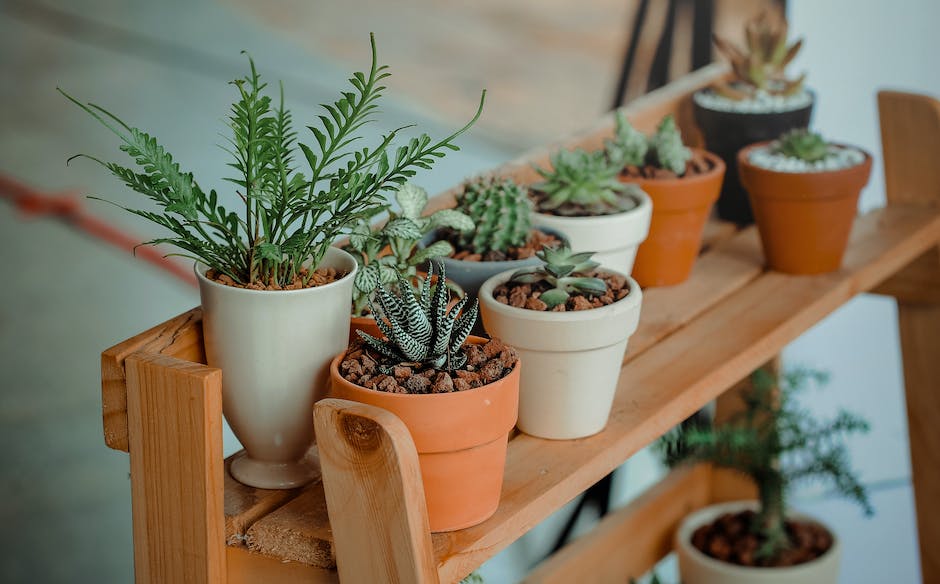Indoor plants are becoming increasingly popular, and it’s not hard to understand why. They don’t merely serve as attractive style statements; far from that, their benefits venture into the domains of physical health, psychological well-being, and even act as decorative tools. So, what if a single addition to your household or workspace could both enhance aesthetics and uplift your overall health?
Imagine having lower fatigue levels, decreased stress, improved air quality, and even better emotional health, all by incorporating indoor plants in your surroundings. This exploration aims to delve into these myriad benefits in detail, unfolding the comprehensive advantages that these green companions offer.
Physical Health Benefits of Indoor Plants

Physical Health Benefits of Indoor Plants: An in-depth focus on physical health impacts
Indoor plants provide multiple health benefits, including purification of indoor air, reduction of toxins, boosting humidity levels, and even aiding in recovery from illnesses. NASA’s Clean Air Study demonstrates that indoor plants have the capability to purify and rejuvenate air within our homes and workplaces, safeguarding us from any side effects associated with prevalent toxins such as formaldehyde, ammonia, and benzene.
Plants such as the Peace Lily, Boston Fern, and English Ivy are particularly effective air purifiers. They absorb harmful gases through the pores in their leaves, effectively detoxifying indoor spaces and providing cleaner, healthier air to breathe.
Indoor Plants and Humidity Levels
Another substantial advantage of indoor plants is their ability to increase humidity levels. As part of their photosynthetic and respiratory processes, plants release moisture vapor, which increases the humidity of the surrounding air. Spider plants, Areca Palms, and rubber plants are especially known for being good humidifiers. Increased humidity can help with dry skin, colds, and respiratory disorders, making indoor plants a cheap and natural way to improve health.
Reducing Fatigue and Stress through Indoor Plants
Beyond air purification and humidity regulation, indoor plants also play a significant role in reducing fatigue and stress. Studies show that the presence of plants contributes to a feeling of wellbeing, making people feel calmer and more optimistic. A research conducted by Washington State University found that participants who worked in a room with plants had a 12% quicker reaction time on a computer task than those who didn’t.
Indoor Plants Promoting Faster Recovery
Indoor plants may also contribute to faster recovery from illnesses. A study performed by the Royal Agricultural University in Cirencester, England, found that patients with plants in their rooms had lower blood pressure and reported less pain, anxiety, and fatigue than patients without them. This can be attributed to the calming influence of plants and the fact that greenery often equates to life, growth, and recovery.
Reaping the Health Benefits of Indoor Plants
Scientific research consistently points to the physical health benefits of indoor plants. The evidence is not just anecdotal. Studies show that surrounding oneself with greenery can foster feelings of relaxation and decrease stress, both of which play a crucial role in combatting various diseases. In addition to their psychological benefits, plants can also improve the quality of indoor air. They have the ability to reduce CO2 levels and increase humidity, leading to improvements in respiratory and skin health.
House Plant Essentials
Psychological and Emotional Benefits of Indoor Plants

Turning to Indoor Plants for Stress Relief
Several research initiatives have underscored the ability of indoor plants to reduce stress. For example, a study from the University of Technology in Sydney discovered that incorporating indoor plants in the office resulted in a significant reduction in worker tension, anxiety, and feelings of fatigue. The simple act of caring for these plants was also found to alleviate stress.
But the benefits of indoor plants extend beyond stress relief. In a study conducted by Kansas State University, it was found that hospital patients sharing their rooms with indoor plants had lower systolic blood pressure and reported lower levels of pain, anxiety, and fatigue compared to those who didn’t have plants in their rooms. This suggests that indoor plants can enhance overall well-being and expedite the healing process.
Facilitating Focus and Productivity With Indoor Plants
The presence of indoor plants also has the potential to boost mental clarity and stimulate focus. The University of Michigan conducted a study showing that memory retention improved by up to 20% when subjects were in environments with indoor plants compared to those without. This may be attributed to indoor plants’ ability to replenish oxygen levels, which can enhance cognitive functions such as concentration and memory.
Moreover, a study from the University of Exeter found that enriching a bare-looking office with plants can increase workplace productivity by 15%. This was not just because of improved air quality but also due to workers feeling more engaged and content.
Improving Mood and Psychological Well-being With Indoor Plants
Indoor plants contribute heavily to improving mood and overall psychological well-being. A research study from the Surrey Sleep Research Centre in the UK found that indoor plants in the bedroom could potentially treat insomnia because they elicit feelings of relaxation and tranquility.
Besides, indoor plants provide sensory stimulation, which can help in enhancing mood and emotional health. The color green, often associated with plants, has calming effects and can promote feelings of tranquility and satisfaction.
The Concept of Biophilia
The concept of biophilia, which suggests that humans have an inherent affinity for nature, offers another perspective on why indoor plants are beneficial for our psychological and emotional well-being. According to American Biologist E. O. Wilson, who formulated the biophilia hypothesis, humans tend to seek connections with nature and other forms of life.
Through biophilic design, which incorporates natural elements into the living or working environment, indoor plants can fulfill this innate need for connection with nature. This connection can have profound impacts on reducing stress, improving mood, facilitating focus, and promoting overall psychological health. Given the increasing urbanization and more people living in environments devoid of green spaces, indoor plants have become a simple yet effective way to maintain our bond with nature, thereby enhancing our psychological and emotional well-being.
Creating Strong Social Bonds with Indoor Plants
One might be surprised to learn that indoor plants offer more than just aesthetic appeal. Research carried out by the University of Rochester found that these nature-filled interiors can elevate levels of external focus and minimize self-preoccupation, resulting in increased social interactions and reduced feelings of loneliness.
Hence, the strategic incorporation of indoor plants within our homes and workplaces can effectively uplift our emotional health. Forming a deeper connect with nature through these plants can serve to enhance our psychological state, and foster a sense of peace and balance, transforming not just our physical spaces but our mental well-being as well.

Indoor Plants as unique Décor pieces

Indoor Plants: A Statement Piece For Your Interiors
Indoor plants are not only great for mental health and social bonding, but they’re also becoming integral elements of modern interior design. Their flexibility, affordability, and natural beauty make them a go-to choice for interior enhancements. They not only bring the outdoors in but also add a unique element, based on the selection and arrangement, to any decor theme, be it traditional or modern, Scandinavian or Bohemian.
Creating Focal Points with Indoor Plants
Positioning indoor plants strategically can help create attractive focal points within your living space. For instance, placing large, leafy plants near empty corners can provide density and fill visual voids. Similarly, colorful plants can also serve as captivating centerpiece on coffee tables or shelves. Hanging plants such as ferns and spider plants can add an element of surprise and interest at eye level or above, drawing attention upwards.
Indoor Plants as Space Dividers
Apart from adding beauty to your interior, indoor plants can also serve as practical, flexible space dividers, ideal for open layout interiors or studio apartments. A row of tall plants like snake plants, bamboo palms or rubber plants can create a natural barrier, segmenting the space without inhibiting the flow of light and air. This creates a feeling of separate ‘rooms’ within a space, enhancing functionality as well as aesthetics.
Choosing the Right Plants
When utilizing plants for decorative purposes, choose species that will thrive in the specific conditions of your interior. Every plant has unique care and environmental needs, from lighting conditions to watering frequency. Succulents, for example, prefer dry conditions and lots of sunlight, making them ideal for sunny windowsills. On the other hand, low-light plants like devil’s ivy and ZZ plants work well in less brightly lit areas.
Care-Based Considerations for Placement
Remember to consider the plant’s needs when deciding on its location. Some plants need more daylight than others, meaning they should be positioned near windows or under skylights. The humidity level of your home can also affect a plant’s health. For instance, ferns thrive in a humid environment making them suitable for bathrooms and kitchens. Maintaining the right temperature is also crucial; as a general rule, if it’s comfortable for you, it’s likely comfortable for your plants.
All these factors play a significant role when integrating indoor plants into your interior decor and can transform your living spaces into a verdant, vibrant retreat while improving the indoor air quality.

Upon surveying the breathtaking scope of benefits titled towards indoor plants, one is certain to view them as more than a mere addition to interior décor. Their impacts span the enhancement of physical health, uplifting psychological state, and even acting as unique, versatile design elements within a space. With the right selection and placement, these green additions can transform a static indoor environment into a lively, beneficial, and serene haven. Ultimately, the compelling combination of aesthetic appeal and holistic well-being that indoor plants bring is potent enough to have us reconsider the common spaces we inhabit. These beneficial indoor companions are indeed a testament to the phrase ‘good things come in small packages’.
